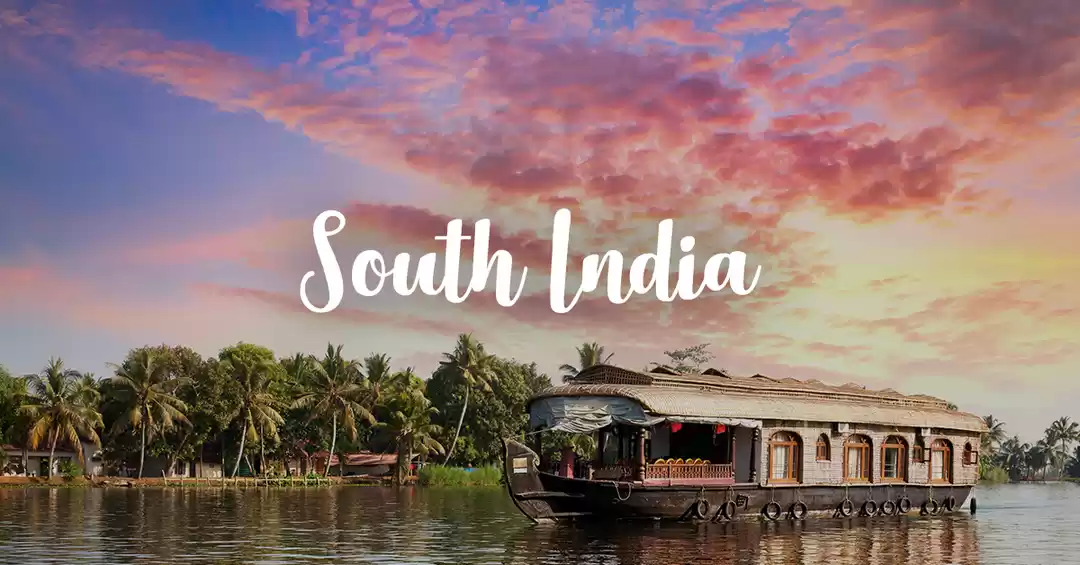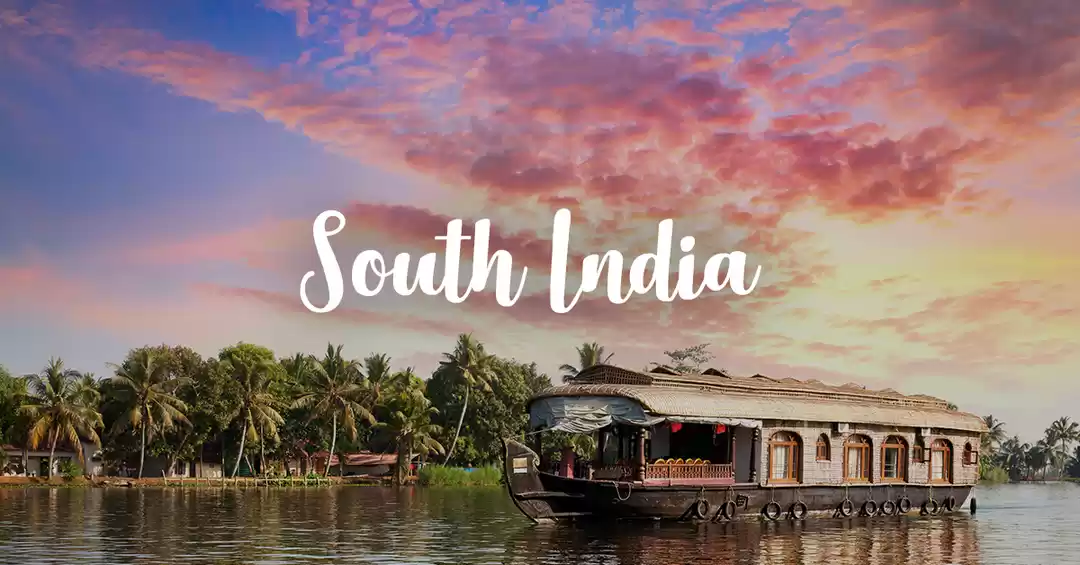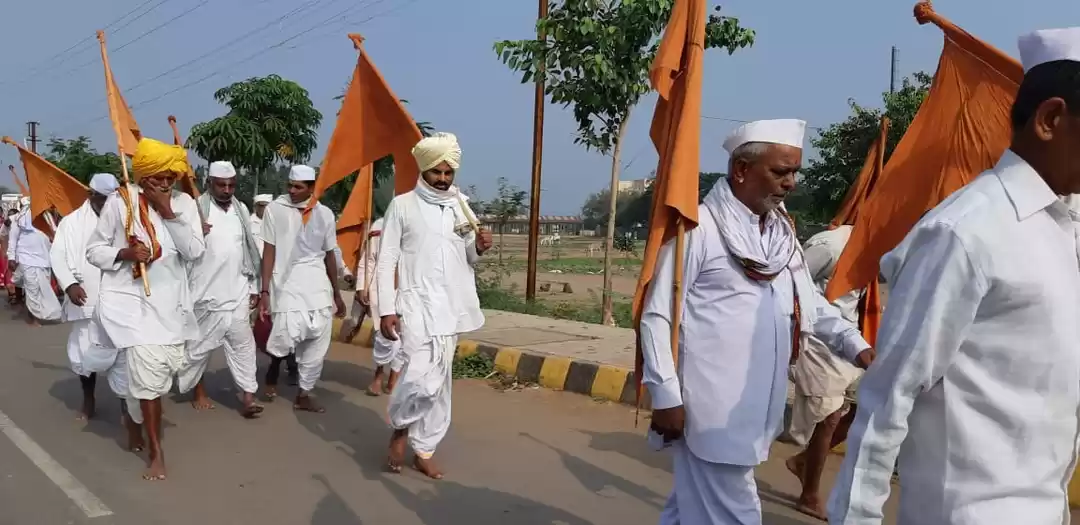


















Badami
On the second day after visiting Ibrahim Rauza in Bijapur, I started my journey to go 1000 years back in the history. It was the turn of Badami, capital city of Chalukya empire from 5th century to 8th century. After Islamic architecture, turn comes for the Hindu temple architecture very native to India.
From Bijapur I moved towards south to Badami an ancient city situated on the banks of Malprabha river in the bagalkot district of Karnataka. While going from Bijapur to Bagalkot, I crossed Krishna river. It was really an amazing sight for me as I had already witnessed the origin of Krishna in Mahabaleshwar. Krishna river had expanded its course for approximately 2 km where I crossed the bridge. Before crossing the bridge there were too many highway restaurants of fishes. I filled my tummy with the delicious fish. Then, I left the Krishna and moved ahead to the bagalkot.
I reached bagalkot at 12 which is approximately 80 km from bijapur. I didn't want waste more time as half of the day had already gone. I moved towards Badami which is 30 km from Bagalkot. I reached badami at 1 pm. Then I searched for a hotel and found a decent one. I checked in the hotel. I didn't waste more time and went towards Badami temple which was 1 km from the hotel.
I reached badami temple from a narrow street but the sight was magnificent in the first glance itself. This was completely different from Bijapur where most of the monuments were built using black stone. Here we find red sand stone hills everywhere. The first thing I saw was the Agastya lake and Bhootnath temple on the south-west of the lake . There is also a museum to the left of the entrance. Museum also has some fine structures. One idol that amazed me was the idol of Lazza gauri, the fertility goddess, a unique type of sculputure in the art of badami chalukya period.
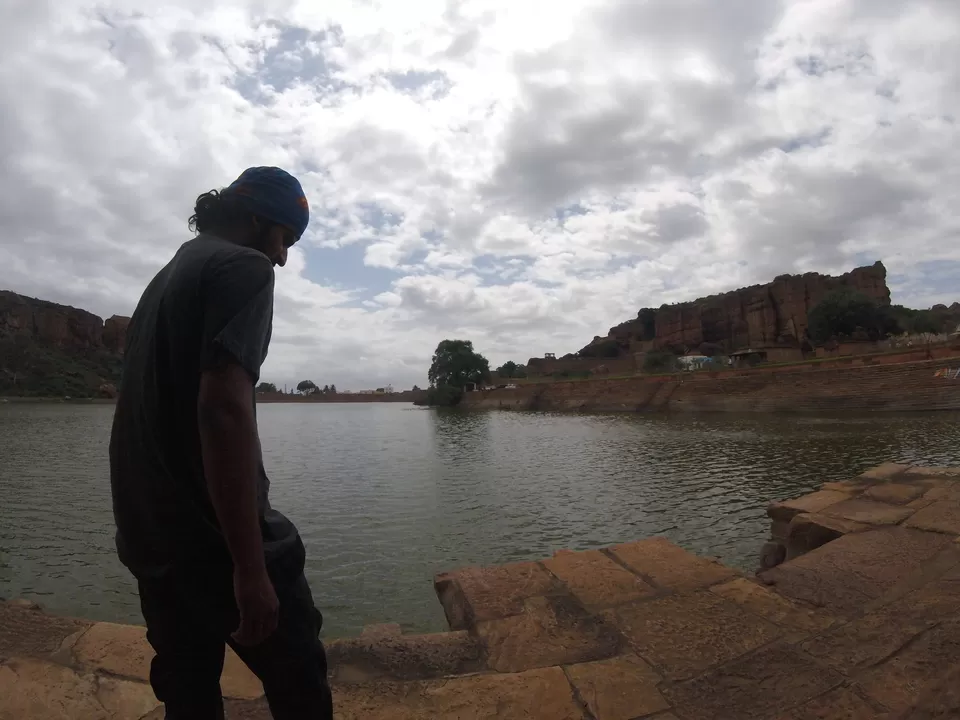



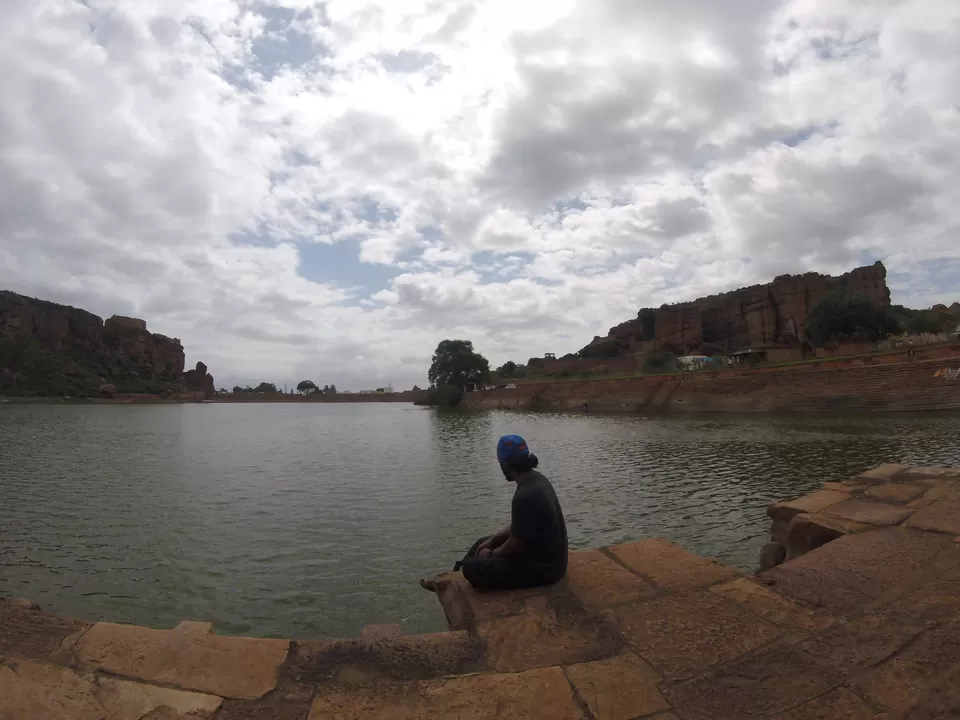























It was 3 pm by my watch and I was still busy in the beauty of badami temples. Then I went towards the caves of Badami, the real beauty of badami. For history lovers, there are four caves in Badami facing eastern direction. I had to climb some steps to reach to the cave. The view of badami temple and agastya was splendid and magnificent.
The first cave is dedicated to Lord Shiva. Variours forms of Shiva like Harihar, Natraja, Ardha Narishwar are carved out in this cave. Of all, natraj idol is the most beautiful architecture carved out on the outer wall of the first cave. 18 handed shiva is dancing on a lotus with various dancing moves showing in a single image. It is said that these 18 handed dancing positions represent the whole 'Natyashastra', the book of dance. One thing I observed in the statue is Ganesh is also dancing observing Shiva natya.
The second cave is dedicated to Vishnu. Various incarnations of vishnu like Trivikram, Varaha are carved out in this cave.
The third cave, too, is dedicated to Vishnu. It has the carvings of various avatars of Vishnu. One of the most surprising carving was the Narsimha incarnation of Vishnu where Narsimha is laughing after slaying Hiranyakashyapu.
The fourth and last cave is dedicated to Jain idols. Parshwanath, Bahubali and Mahavir idols have been beautifully carved out on the walls.










Pattadakal
I took almost half an hour to visit the caves. The sandstone caves are definitely worth of seeing. It was almost 4 pm and my next stop was Pattadakalu, a world heritage temple complex built by Badami Chalukyas. When I started from badami, the sun was fearsome and the sky was clear. While I reached Pattadakalu which is 20 km away from badami, the sky was cloudy. This was the perfect time to visit the temples of Pattadakalu. These temples were marvelous and reminded me the temples of Angkorwat in Combodia(though I have never visited there but seen in books ). There are many temples in the complex and no one is less beautiful than the other. These temples are the amalgamation two distinct styles of temple architecture: North Indian Nagari style and south indian dravidian style. This city was in its zenith during the regin of vikramaditya II. Virupuksha is the most attracting temple built by the queen of Vikramditya on his victory over the pallavas of Kanchi.





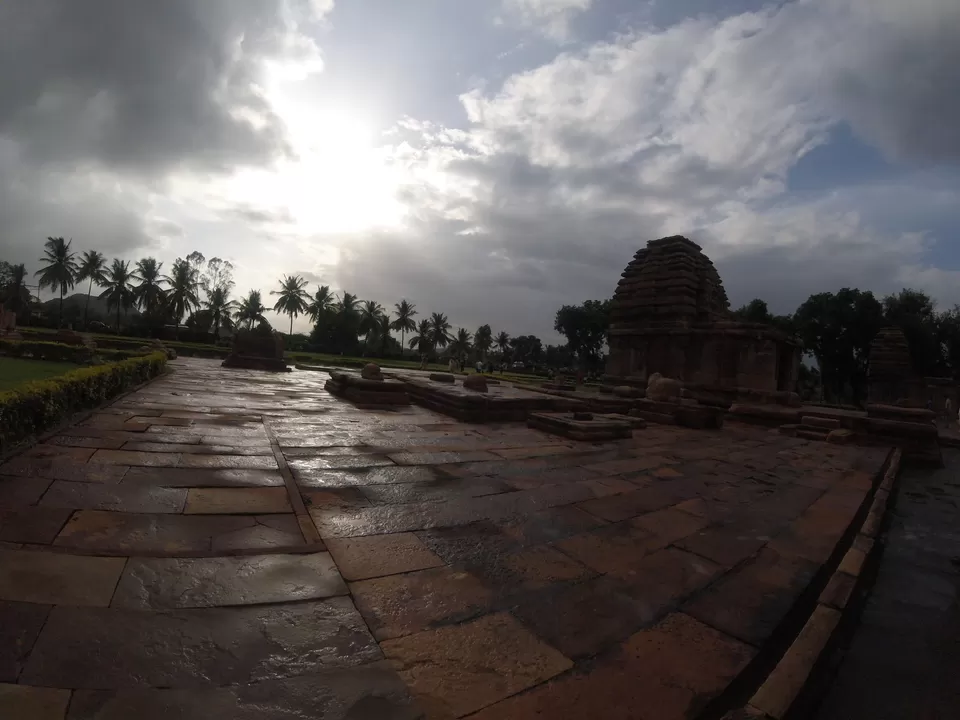
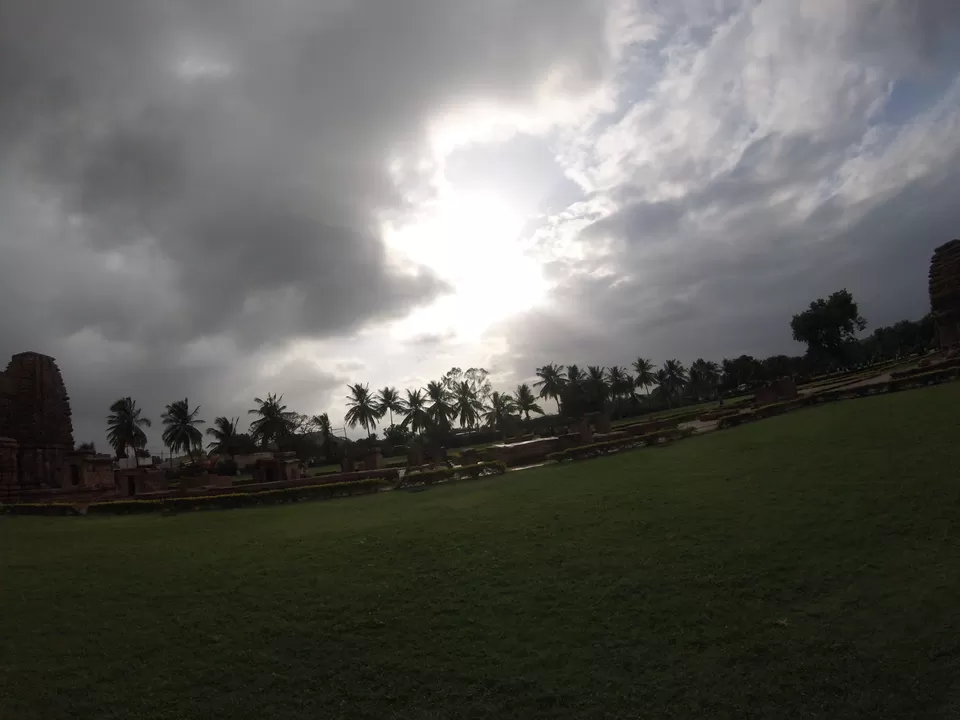






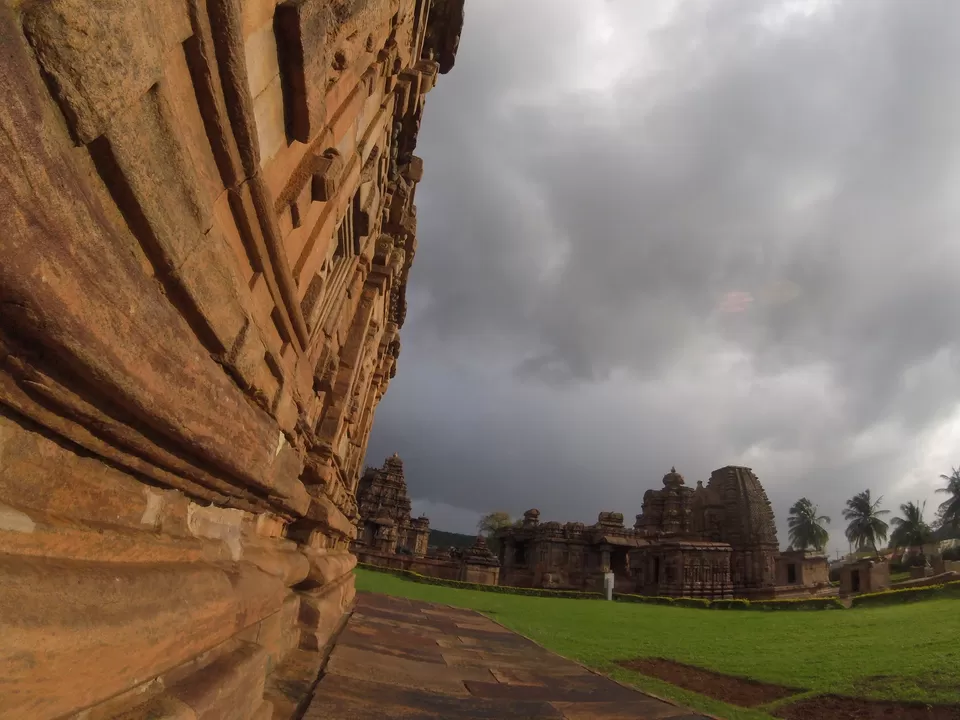
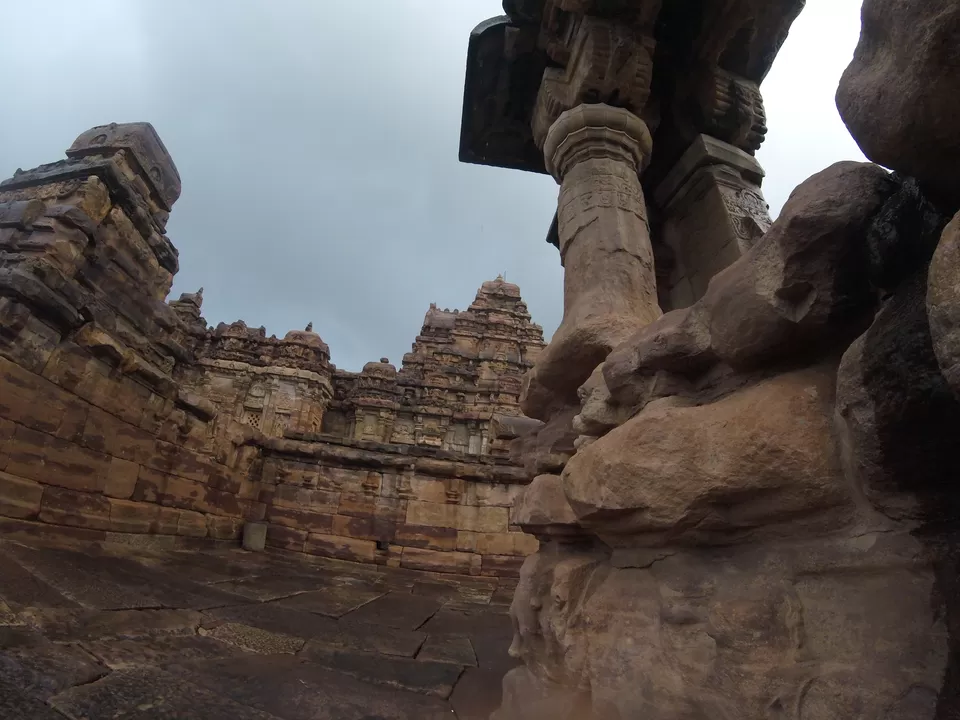






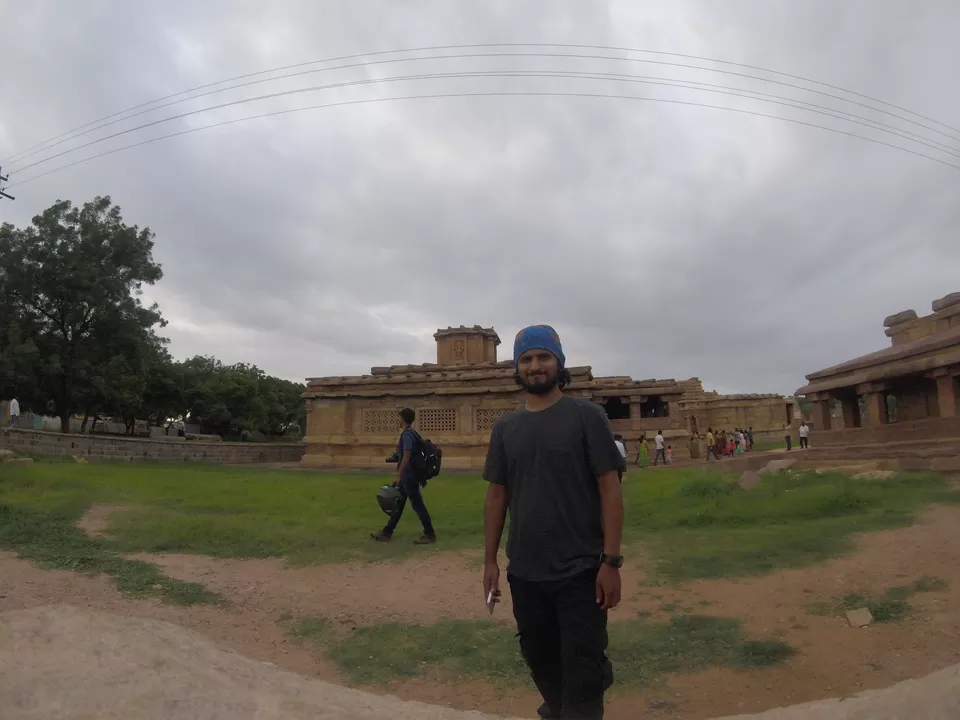





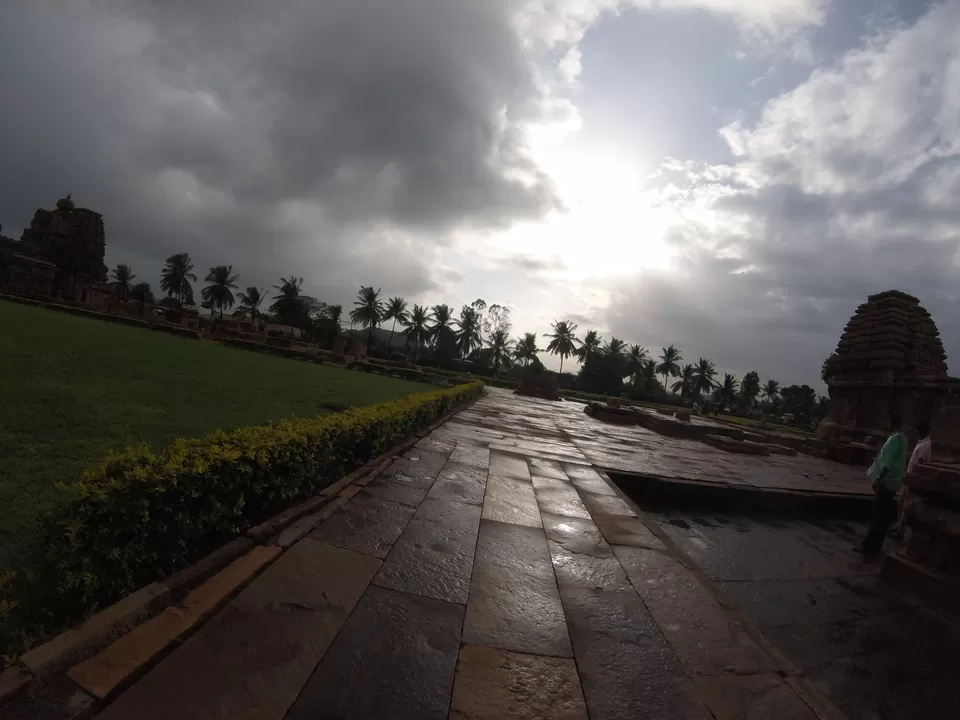



Aihole
I visited in the temples of Pattadakal for almost 1 hour. It was 5 pm and then I started riding towards Aihole which is 15 km away from Pattadakal. Aihole is a village with a number of temples and temple complex. Chalukya's temple architecture started here in Aihole and reached in its glory in Pattadakal and badami. Aihole is also called the cradle of badami chalukya architecture. In mythology, we find the mentioning of Aihole; it is the place where Parshuram washed his axe after killing the kshatriyas. It has more than 100 stone temples. This place also has the evidences of pre-chalukyan period.



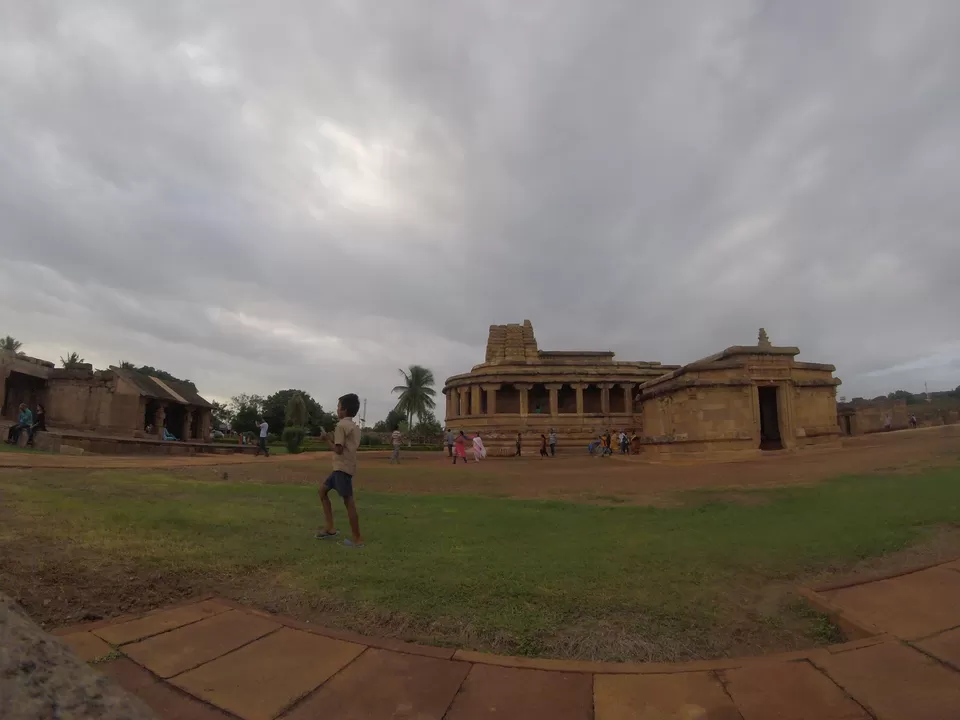






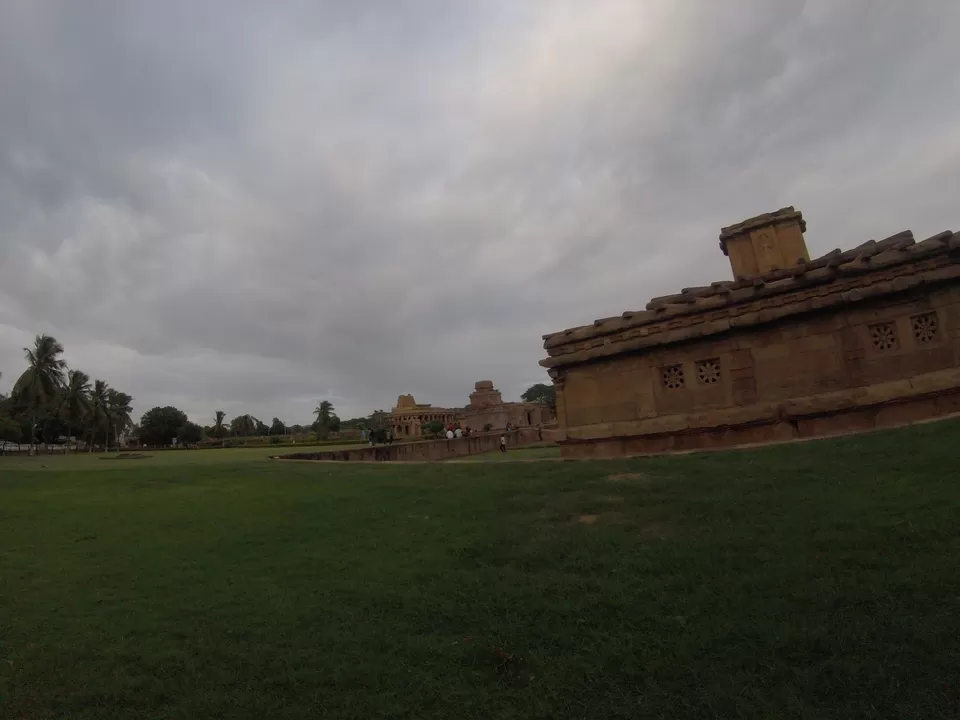






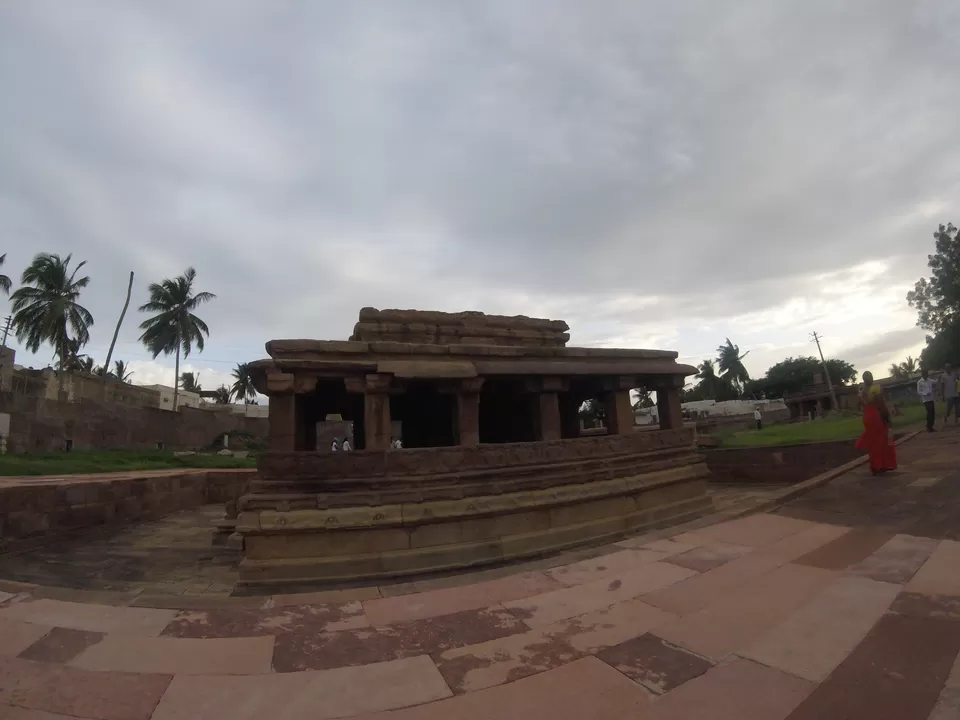

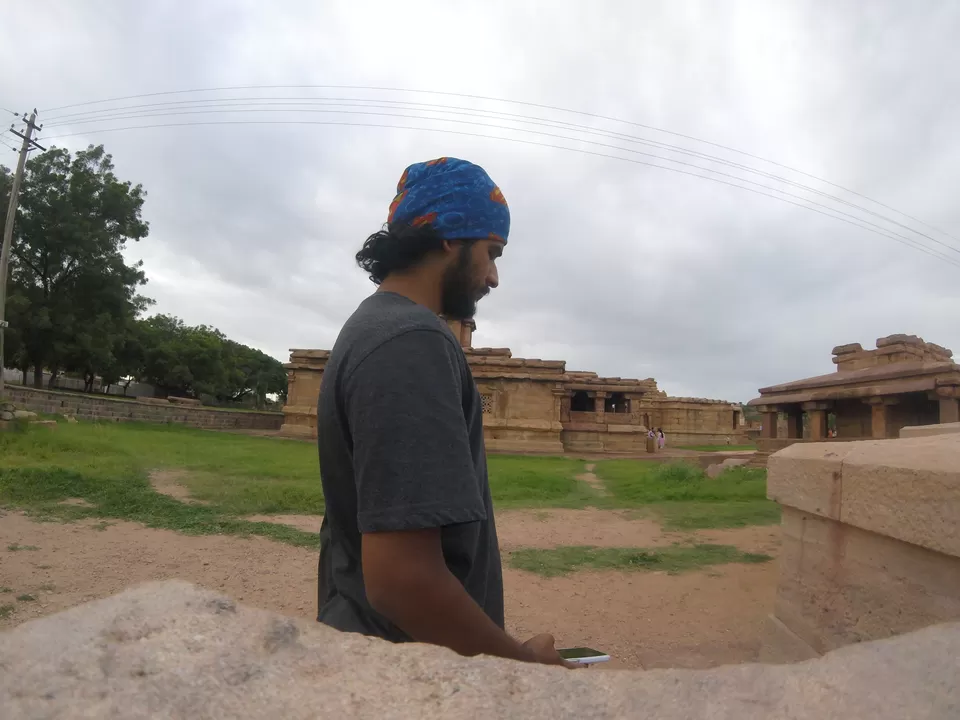
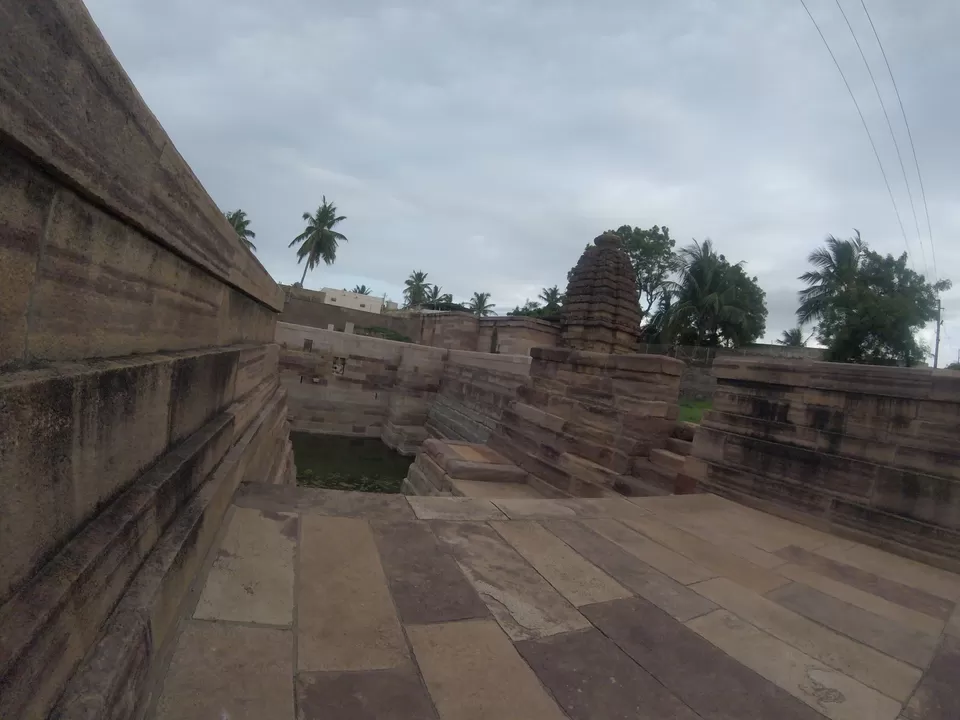





















It was 7 pm and started getting dark. I had visited many temples in Aihole. For at least half an hour, I was sitting on the top of a hill(a sun temple is built on that hill ) watching the magnificent city of Aihole. I was mesmerised by the beauty of the village. I imagined how beautiful it was at the time of its full glory during early chalukya period. Whereever I saw, I found stone temples at least 1500 years old. With all the imagination and memory of this era , I came back to the hotel in badami. I visited badami market till 10pm and had dinner. Then I went to sleep to wake up to go back 700 years to the future.





